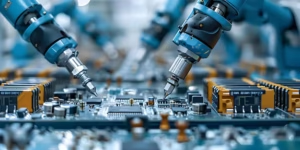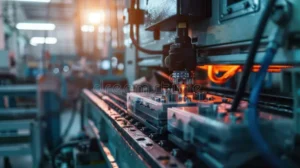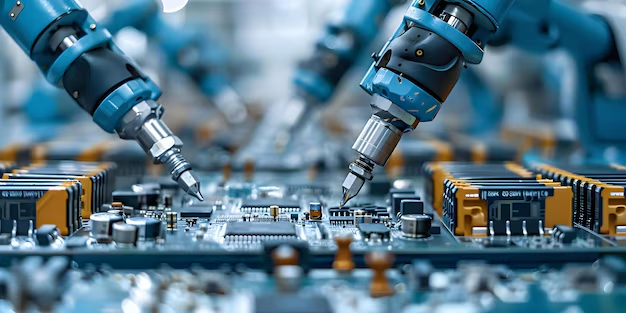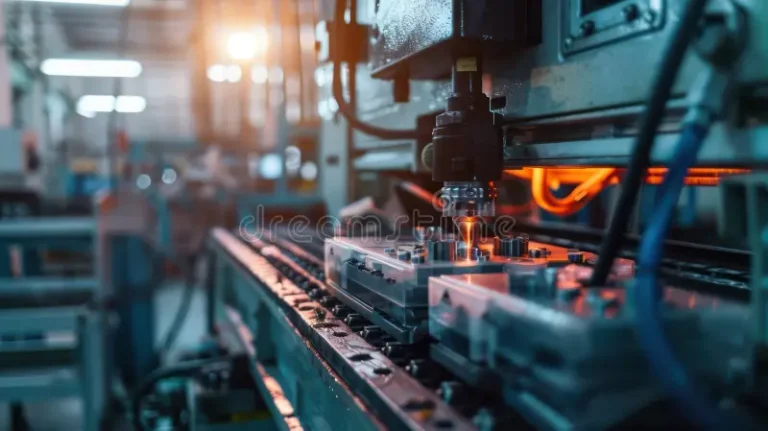In recent years, technology has transformed almost every part of our lives, from the way we communicate to the way we travel. One area where technology is making a big difference is in counterinsurgency warfare. This type of warfare happens when a government tries to fight against groups that are trying to overthrow it or challenge its power. Technology is helping these governments become better at finding and dealing with these groups. In this article, we’ll explore how technology improves counterinsurgency warfare and how it helps make things safer for everyone.
Understanding Counterinsurgency Warfare
Before we dive into the details of technology, let’s understand what counterinsurgency warfare is. Imagine a country where some people are unhappy with their government and start a rebellion. They may use different ways to fight back, like hiding in villages or blending into the local population. The government’s job is to stop them without hurting innocent people. This is where counterinsurgency comes in. It’s about using smart strategies and tools to find the rebels and reduce their impact.
The Role of Technology in Finding Rebels
One of the biggest challenges in counterinsurgency warfare is finding the rebels. They often blend into the local population, making it hard to identify them. Technology helps a lot with this. For example, advanced cameras and drones can fly over areas to look for unusual activities. Drones can take pictures and videos from the sky, which can then be analyzed to spot signs of rebel activity. This helps the government forces to know where to look and what to do next. You can also read this: PLSAR Technology to Remove Sulfur from Your Home
Using Data to Make Smart Decisions
Another way technology improves counterinsurgency warfare is by using data. Data is like information that helps people make better decisions. Computers and software can collect and analyze huge amounts of data from different sources. For example, they can gather information from social media, phone calls, and surveillance cameras. By looking at this data, military leaders can understand patterns and predict where the rebels might strike next. This helps them prepare better and act more effectively.
Communication Technology for Better Coordination
Good communication is key in any fight. In counterinsurgency warfare, it is especially important for coordinating between different teams. Technology has made communication much easier and more reliable. Soldiers now use advanced radios and satellite phones to stay in touch with each other, no matter where they are. This means that if one team finds something important, they can quickly share that information with others. It helps everyone stay on the same page and work together more efficiently.
Protecting Soldiers with Advanced Gear
Soldiers are the ones on the front lines, and technology helps keep them safe. Modern technology has led to the development of new protective gear and equipment. For example, soldiers now wear body armor that is lighter and stronger. There are also new types of helmets with built-in communication systems and night vision goggles that let them see in the dark. All of this gear helps soldiers stay safer and do their jobs better during dangerous missions.
Improving Training with Simulations
Training is very important for soldiers to be ready for real missions. Technology has made training more effective through the use of simulations. Simulations are like virtual games that mimic real-life situations. Soldiers can practice their skills in a safe environment that looks and feels like the real thing. This helps them learn how to react to different scenarios and become better at their jobs. By using these simulations, they can be better prepared for the challenges they will face in actual counterinsurgency operations.
Monitoring and Surveillance Technologies
Another important aspect of counterinsurgency warfare is monitoring and surveillance. This involves keeping an eye on areas to watch for any suspicious activity. Technology has made this task easier and more effective. High-tech sensors and cameras can be placed in different locations to monitor large areas. Some of these sensors can even detect movement or changes in the environment. This helps the military keep track of what’s happening and respond quickly if needed.
Using Artificial Intelligence (AI) for Analysis
Artificial Intelligence, or AI, is a type of technology that can think and learn like a human. AI can be used to analyze large amounts of data much faster than a person could. In counterinsurgency warfare, AI helps by quickly finding patterns in data that might be missed by human analysts. For example, AI can analyze communications between rebels to identify key leaders or spot plans for future attacks. This helps the military make better decisions and act more quickly.
Technology for Building Better Relationships with Locals
Building trust with local communities is crucial in counterinsurgency warfare. Technology can also play a role in this. For example, there are apps and platforms that help soldiers communicate more effectively with local people. These tools can be used to share information, listen to concerns, and provide assistance. By improving communication, technology helps build better relationships between the military and local communities, which can lead to more support and cooperation.
Challenges and Limitations of Technology
While technology is very helpful, it’s not perfect. There are challenges and limitations to using technology in counterinsurgency warfare. One challenge is that technology can sometimes be expensive and may not always work as planned. For example, drones might face technical problems or get damaged. Another issue is that relying too much on technology can lead to overlooking important human factors, such as understanding local cultures and building personal trust.
The Future of Technology in Counterinsurgency Warfare
Looking ahead, technology will continue to evolve and improve. New advancements are being developed all the time, and these will likely bring even more benefits to counterinsurgency warfare. For example, future technologies might include even more advanced drones, better AI systems, and new types of protective gear. These innovations will help make counterinsurgency operations more effective and safer for everyone involved.
Conclusion
In summary, technology plays a crucial role in improving counterinsurgency warfare. From finding rebels with drones to using data for smart decisions and protecting soldiers with advanced gear, technology makes a big difference. It helps in many ways, including communication, training, and building relationships with local communities. While there are challenges and limitations, the future of technology in this field looks bright. As technology continues to advance, it will keep making counterinsurgency operations more effective and safer, helping to create a more peaceful and secure world.








